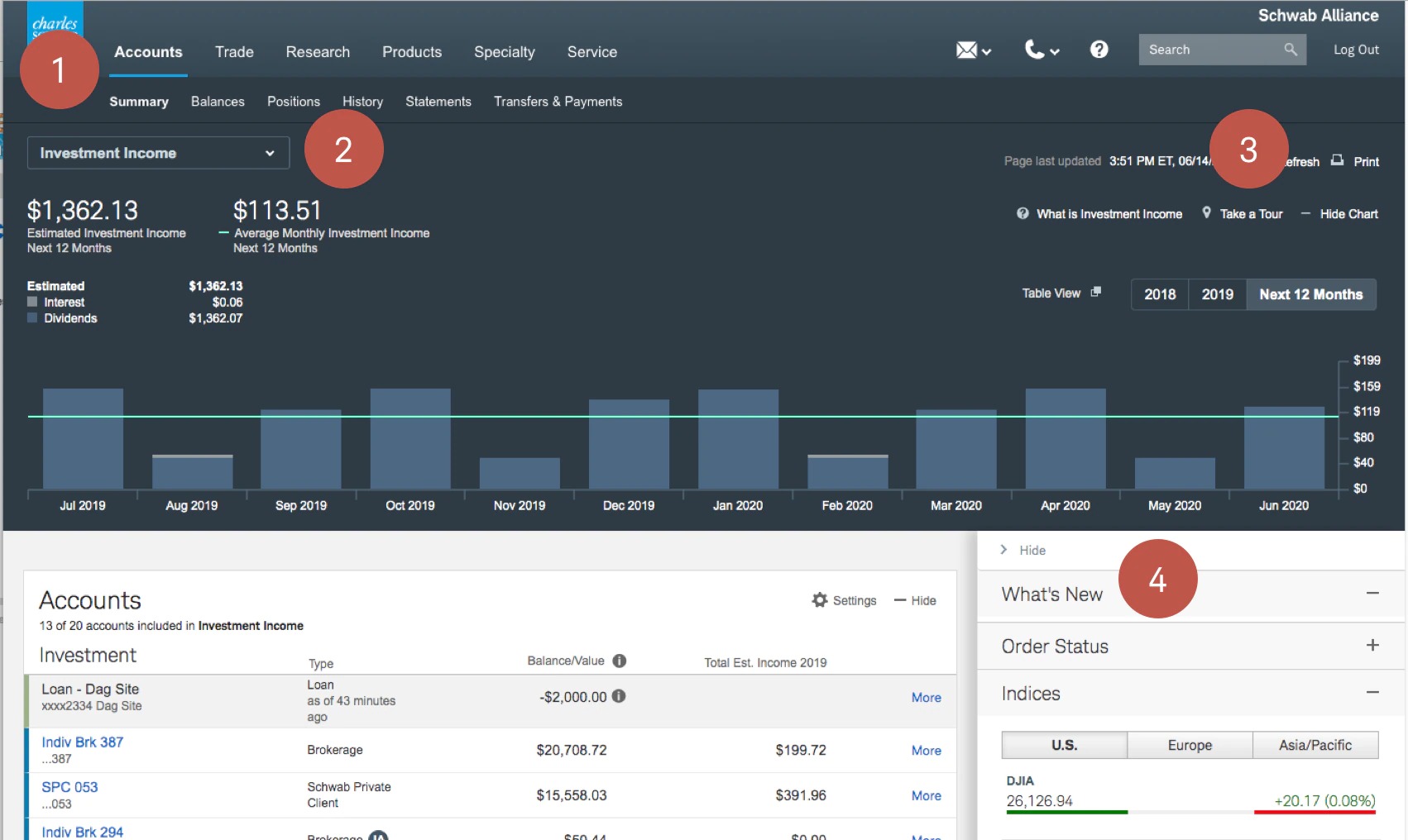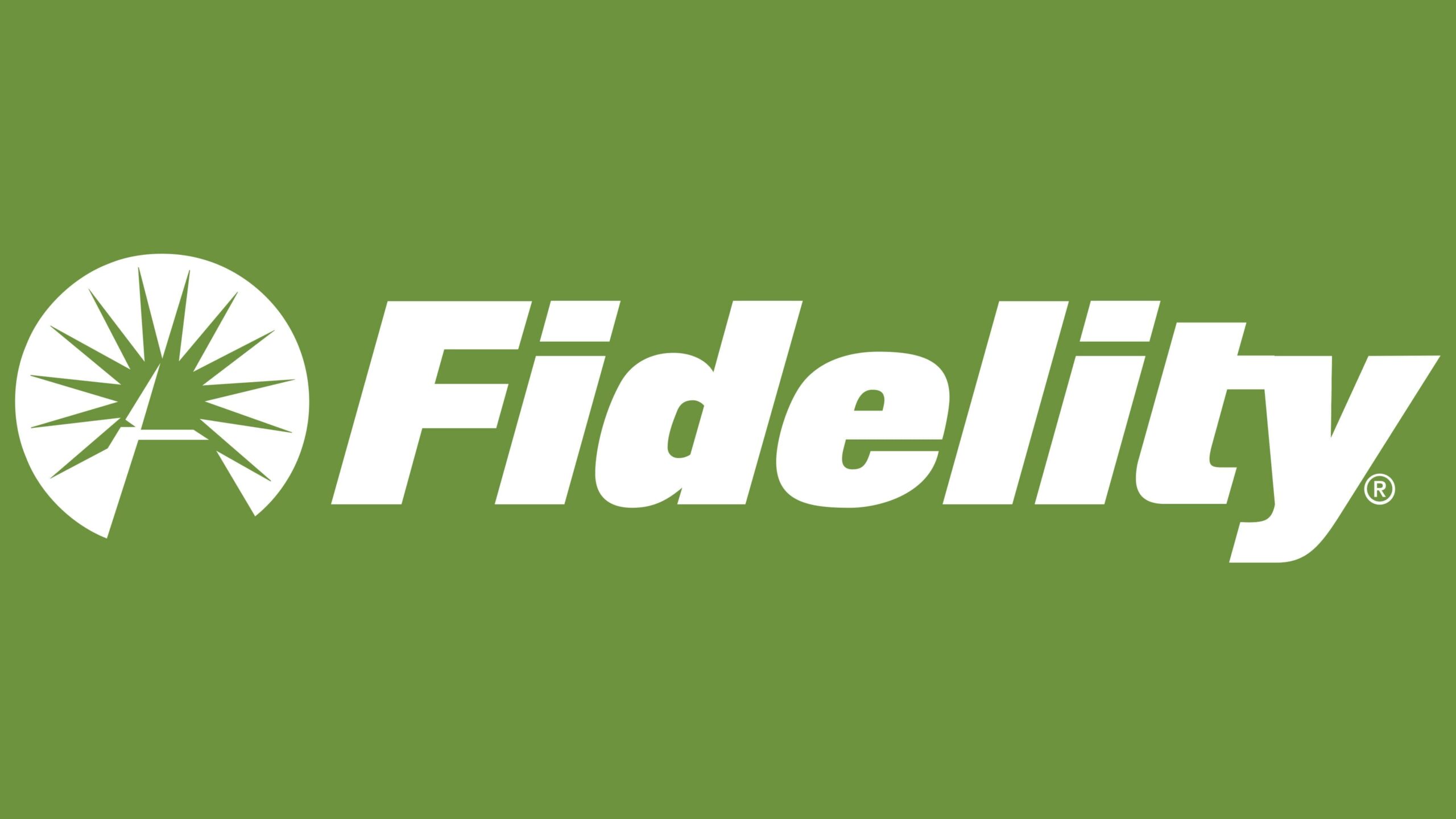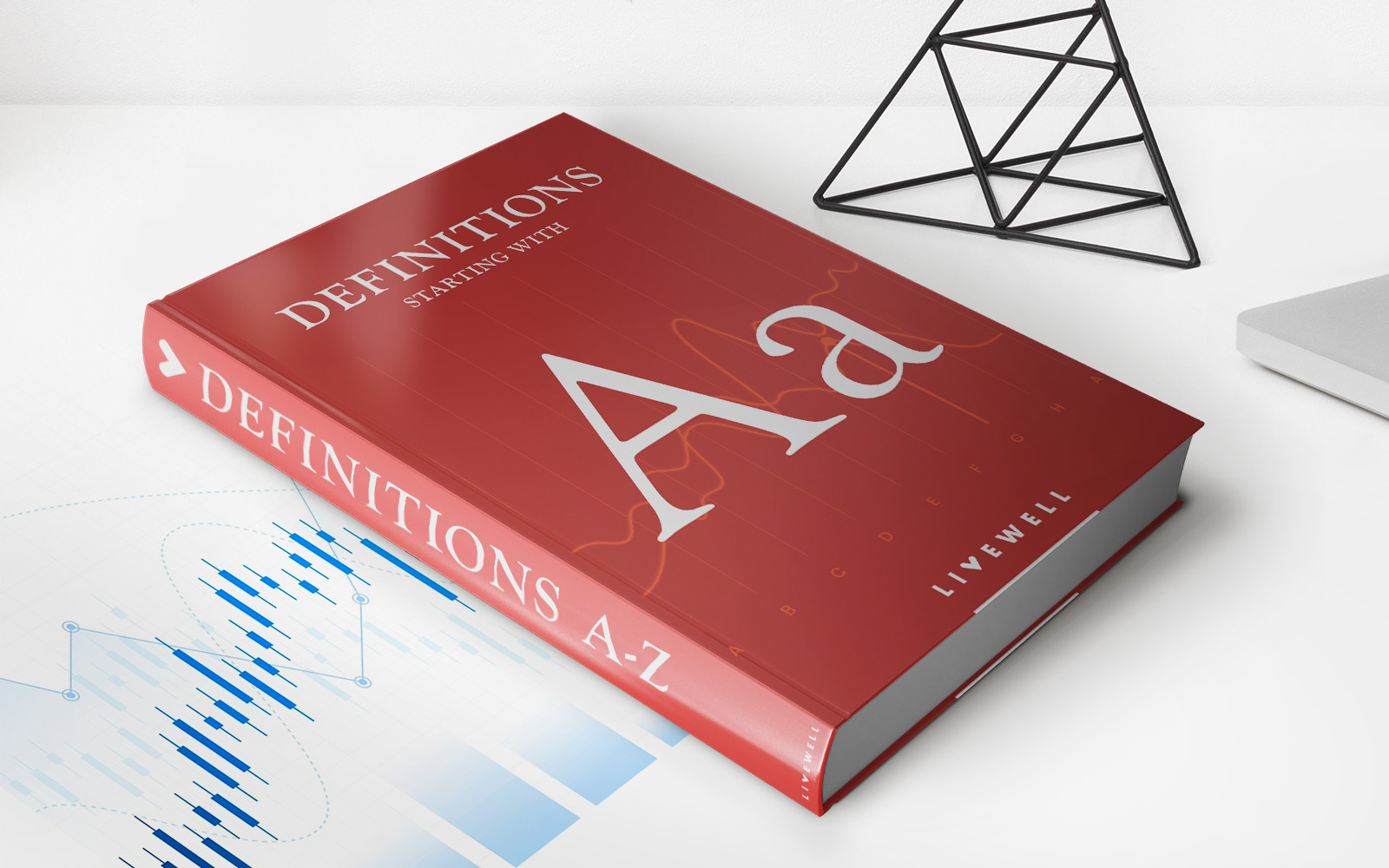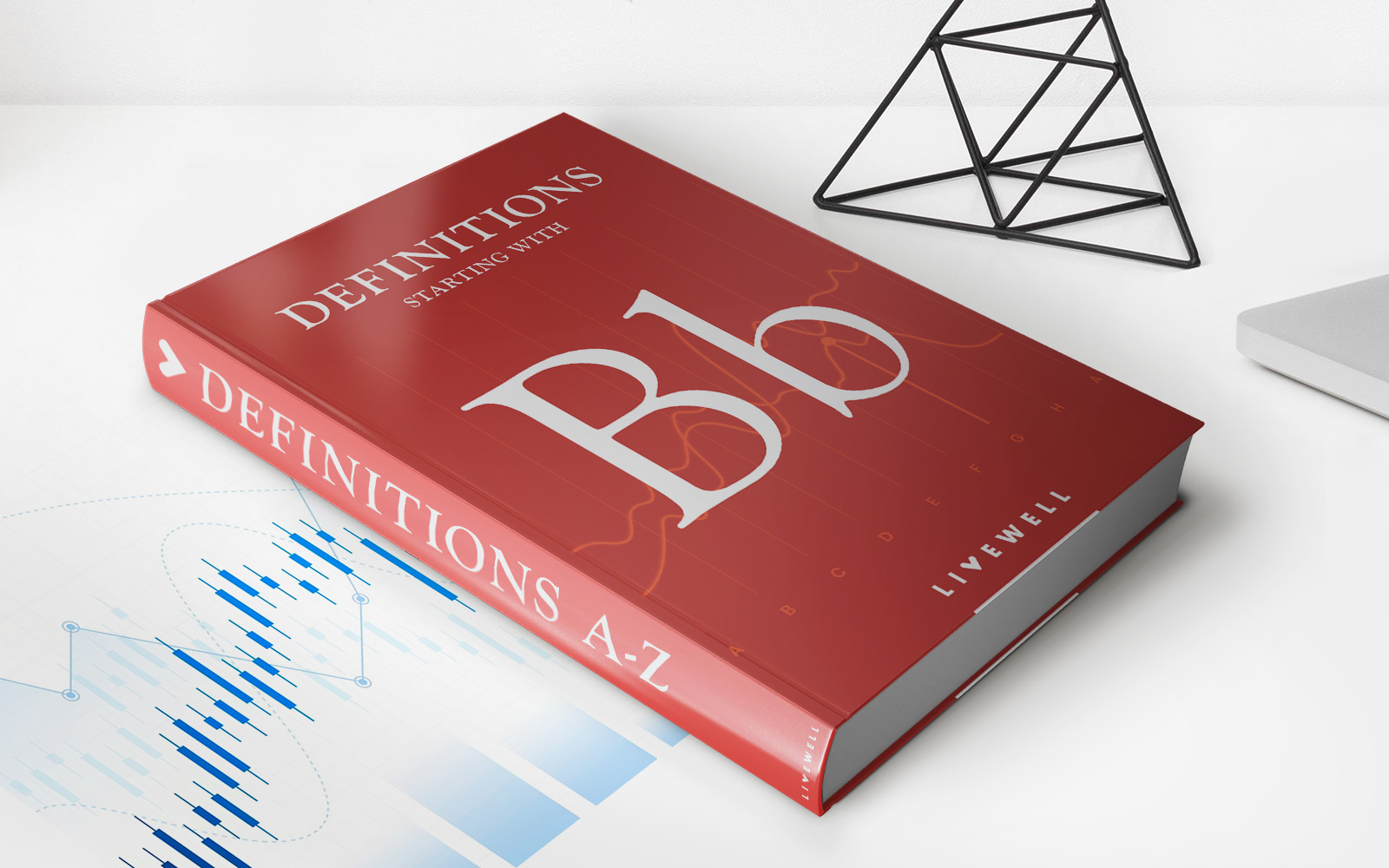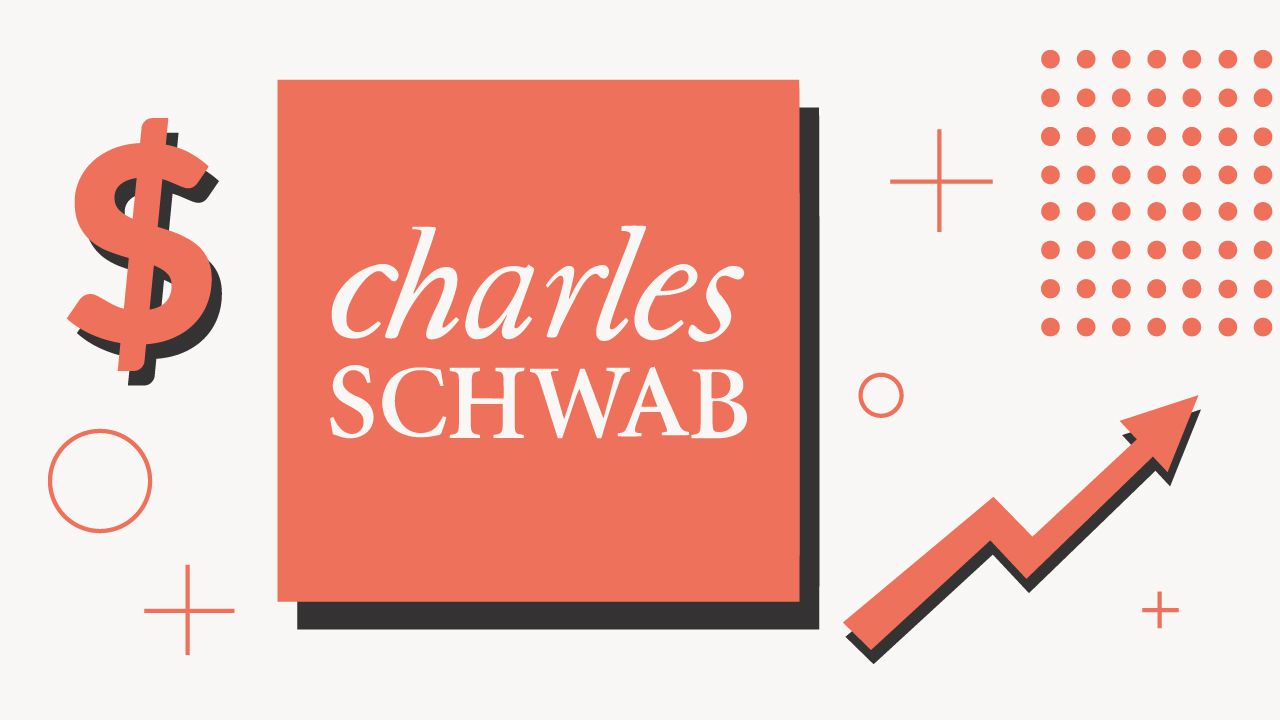

Finance
How To Buy Bonds On Schwab
Published: October 14, 2023
Learn how to buy bonds on Schwab and manage your finances effectively with this comprehensive guide. Start investing in bonds today!
(Many of the links in this article redirect to a specific reviewed product. Your purchase of these products through affiliate links helps to generate commission for LiveWell, at no extra cost. Learn more)
Table of Contents
Introduction
Investing in bonds can be a smart and stable way to grow your wealth. Bonds offer fixed income and can provide a more predictable return than other investments. If you’re looking to buy bonds, Charles Schwab, a leading brokerage firm, offers a user-friendly platform to help you navigate the bond market.
In this article, we will guide you through the process of buying bonds on Schwab. We’ll explain the basics of bonds, walk you through setting up a Schwab account, show you how to research bonds on the platform, guide you in placing bond orders, and explain how to manage and review your bond investments.
Whether you’re a seasoned investor or just starting out, this guide will equip you with the knowledge you need to confidently buy bonds on Schwab and make informed investment decisions.
Before we dive into the specifics, let’s take a quick look at what bonds are and why they are an attractive investment option.
Understanding Bonds
Bonds are debt securities issued by corporations, municipalities, and governments to raise capital. When you buy a bond, you are essentially lending money to the bond issuer in exchange for regular interest payments and the return of your principal when the bond matures.
One of the key factors that make bonds appealing to investors is their fixed income nature. Unlike stocks, which can experience significant price fluctuations, bonds offer a predictable stream of income. This makes them particularly attractive to risk-averse investors who prioritize stability.
Bonds also vary in terms of their risk levels and yields. Government bonds, such as U.S. Treasury bonds, are considered the safest as they are backed by the full faith and credit of the issuing government. Corporate bonds, on the other hand, carry higher yields to compensate for the additional risk. Municipal bonds are issued by local governments and offer tax advantages to investors.
Now that we have a basic understanding of bonds, let’s move on to setting up a Schwab account so that we can begin our bond buying journey.
Understanding Bonds
Bonds are debt instruments issued by governments, municipalities, and corporations to raise capital. When you buy a bond, you are essentially lending money to the issuer in exchange for regular interest payments and the return of your principal amount at maturity.
Unlike stocks, which represent ownership in a company, bonds are a form of fixed-income investment. This means that bonds provide investors with a stable and predictable stream of income, making them an attractive option for those seeking steady returns.
When you buy a bond, you become a creditor of the issuer. The issuer agrees to pay you a fixed interest rate, known as the coupon rate, over a specified period of time. The interest payments are typically made semi-annually or annually. At maturity, the issuer repays the principal amount in full.
Bonds come in different types and have varying levels of risk and return. Here are a few common types of bonds:
- Government Bonds: Issued by governments, such as U.S. Treasury bonds. These bonds are considered low-risk because the possibility of default is generally low. They are often used as a benchmark for measuring interest rates.
- Corporate Bonds: Issued by corporations to raise capital for business operations or expansion. Corporate bonds offer higher yields than government bonds but carry a higher risk of default.
- Municipal Bonds: Issued by state and local governments to finance public projects, such as schools and infrastructure. Municipal bonds provide tax advantages for investors, as the interest is typically exempt from federal income tax and may also be exempt from state and local taxes.
- Zero-coupon Bonds: These bonds do not pay regular interest but are sold at a discount to their face value. The investor receives the full face value at maturity, effectively earning interest through the price appreciation.
When considering bonds, it’s important to assess the creditworthiness of the issuer. Credit rating agencies, such as Moody’s and Standard & Poor’s, assign ratings to bonds based on their assessment of the issuer’s ability to repay the debt. Higher-rated bonds are considered less risky and typically offer lower yields.
Another factor to consider when investing in bonds is their duration, which measures the sensitivity of the bond’s price to changes in interest rates. Bonds with longer durations are more sensitive to interest rate movements, meaning their prices will be more affected by changes in interest rates.
Understanding the different types of bonds and their characteristics is crucial in making informed investment decisions. Now that we have a grasp of bonds, let’s move on to setting up a Schwab account, where we can start exploring bond investment opportunities.
Setting Up a Schwab Account
Before you can begin buying bonds on Schwab, you’ll need to set up an account with Charles Schwab. Opening an account is straightforward and can be done online. Here’s a step-by-step guide to get you started:
- Visit the Charles Schwab website and click on the “Open an Account” button.
- Select the type of account you want to open. Schwab offers various types of accounts, including individual brokerage accounts, retirement accounts, and education savings accounts.
- Provide your personal information, such as your name, address, date of birth, and Social Security number.
- Choose your account features and services. Schwab offers a range of options, including margin trading, check writing, and debit cards linked to your account.
- Review the terms and agreements, and electronically sign the necessary documents.
- Fund your account. You can choose to transfer funds from an existing bank account, rollover funds from a retirement account, or make a deposit via check.
- Verify your identity. Schwab is required by law to verify the identity of its customers. This can be done by providing supporting documents, such as a copy of your driver’s license or passport.
- Once your account is approved, you will receive your account number and login credentials. You can then log in to your Schwab account and start exploring the bond market.
Setting up a Schwab account is a critical first step in buying bonds on the platform. It provides you with access to a wide range of investment options and tools to help you make informed decisions.
It’s worth noting that Schwab offers different types of accounts suited for various investment goals. Understanding your objectives and risk tolerance will help you choose the most appropriate account type for your needs.
Now that we have set up our Schwab account, let’s move on to the next step: researching bonds available on the platform.
Researching Bonds on Schwab
Once you have set up your Schwab account, you can start researching bonds to find investment opportunities that align with your goals and risk tolerance. Schwab provides a comprehensive set of tools and resources to help you make informed decisions. Here’s how you can research bonds on the platform:
- Log in to your Schwab account and navigate to the “Research” tab.
- Use the search tool to find bonds based on different criteria, such as issuer, maturity date, yield, and credit rating.
- Explore the “Bonds” section to view a wide range of bond offerings, including government, corporate, and municipal bonds. Schwab also provides access to new-issue municipal bonds, giving you the opportunity to invest in primary market offerings.
- Access research reports and analysis from Schwab’s team of bond experts. These reports provide valuable insights into market trends, issuer creditworthiness, and bond performance.
- Take advantage of Schwab’s bond screeners to filter and narrow down your search based on specific criteria. This can help you find bonds that meet your investment objectives.
- Review bond information, including maturity dates, coupon rates, credit ratings, and any special features or risks associated with the bonds.
- Compare multiple bonds side by side to evaluate their key characteristics and make informed investment decisions.
- Consider factors such as the issuer’s financial health, economic conditions, interest rate environment, and your own investment goals when researching bonds on Schwab.
It’s essential to conduct thorough research and due diligence before making any investment decisions. Take the time to understand the risks associated with each bond, assess the creditworthiness of the issuers, and consider how the bonds fit into your overall investment strategy.
By using the research tools and resources available on Schwab, you can make informed decisions and build a diversified bond portfolio that meets your financial objectives.
Now that we have explored the research aspect on Schwab, let’s move on to the next step: placing bond orders on the platform.
Placing Bond Orders on Schwab
Once you have identified the bonds you want to invest in, placing bond orders on Schwab is a straightforward process. Schwab provides various options for buying bonds, including buying bonds on the secondary market or participating in new-issue bond offerings. Here’s a step-by-step guide to placing bond orders on Schwab:
- Log in to your Schwab account and navigate to the “Trade” tab.
- Click on the “Bonds” section and select the type of bond you want to buy, such as government, corporate, or municipal bonds.
- Use the search tool to find the specific bond you are interested in. You can search by ticker symbol, issuer name, or other criteria.
- Review the bond details, including the current price, yield, maturity date, and any special features.
- Decide on the quantity of bonds you want to purchase and enter the order type. You can choose to place a market order, which will execute the trade at the best available price, or a limit order, which allows you to set a specific price at which you are willing to buy the bond.
- Review the order details and confirm your purchase. Take a moment to double-check the quantity, order type, and any additional instructions.
- Submit your order. Schwab will execute the trade on your behalf and provide you with a confirmation of the transaction.
It’s important to note that the availability of bonds may vary, and certain bonds may have minimum investment requirements. Make sure to review the bond’s terms and conditions before placing an order to ensure it aligns with your investment goals.
If you are interested in participating in new-issue bond offerings, Schwab provides access to underwritten offerings. These offerings typically have a specific subscription period, during which you can place your order. Keep an eye on Schwab’s new-issue calendar to stay informed about upcoming opportunities.
Placing bond orders on Schwab is a convenient and efficient process, allowing you to execute trades and build your bond portfolio with ease. Now that we know how to place bond orders, let’s move on to the next step: reviewing and managing your bond investments.
Reviewing and Managing Bond Investments
Once you have bought bonds on Schwab, it’s important to regularly review and manage your investments to ensure they align with your financial goals. Schwab offers a range of tools and resources to help you monitor and track your bond portfolio. Here’s how you can review and manage your bond investments on Schwab:
- Log in to your Schwab account and navigate to the “Portfolio” tab.
- View your bond holdings and their current market value. Schwab provides a detailed snapshot of your portfolio, including information on each bond, such as the issuer, coupon rate, and maturity date.
- Monitor your bond investments regularly. Keep an eye on any news or developments related to the issuers or the bond market in general.
- Review the performance of your bond investments. Evaluate how they are performing relative to your expectations and compare their performance to relevant benchmarks.
- Consider rebalancing your portfolio if necessary. If certain bonds have outperformed or underperformed, you may want to adjust your holdings to maintain a balanced asset allocation.
- Stay informed about changes in interest rates and their potential impact on your bond investments. Changes in interest rates can affect bond prices, so it’s important to be aware of any potential risks or opportunities.
- Take advantage of Schwab’s research and educational resources to enhance your knowledge about bond investing. Schwab offers webinars, articles, and market insights to help you make informed investment decisions.
- Consider consulting with a financial advisor. If you’re unsure about how to best manage your bond portfolio or have specific investment goals, a professional advisor can provide personalized guidance and recommendations.
Remember that investing in bonds involves risks, including the risk of default by the issuer, interest rate fluctuations, and changes in market conditions. Regularly reviewing and managing your bond investments on Schwab will help you navigate these risks and make informed decisions.
By staying proactive and informed, you can optimize your bond portfolio and work towards achieving your financial objectives. Now that we have covered reviewing and managing bond investments, let’s wrap up the article.
Conclusion
Buying bonds on Schwab provides you with a straightforward and convenient way to invest in fixed-income securities. By understanding the basics of bonds, setting up a Schwab account, conducting thorough research, and efficiently placing bond orders, you can build a well-diversified bond portfolio. Additionally, regularly reviewing and managing your bond investments will help ensure they align with your financial goals and risk tolerance.
As you navigate the bond market on Schwab, it’s essential to make informed decisions and stay updated on market trends and relevant news. Take advantage of the tools and resources offered by Schwab to enhance your bond investing knowledge and make well-informed investment choices.
Remember that investing in bonds involves risks, and it’s important to assess the creditworthiness of issuers, consider the interest rate environment, and diversify your portfolio to mitigate risk. If you have any doubts or need personalized advice, don’t hesitate to consult with a financial advisor.
With Schwab’s user-friendly platform and comprehensive resources, you have the tools needed to navigate the bond market and make informed decisions to grow your wealth over time. Whether you’re a seasoned investor or just starting, Schwab provides a robust platform and reliable support for all your bond investing needs.
So, get started today. Open a Schwab account, research potential bond opportunities, place your bond orders, and regularly review and manage your bond portfolio. By utilizing these strategies, you’ll be well on your way to achieving your financial objectives through bond investments.
Remember, investing always carries some level of risk, and it’s important to carefully evaluate your financial situation and consult with professionals before making any investment decisions.
Happy bond investing on Schwab!







